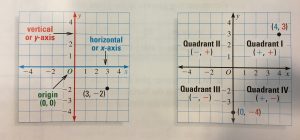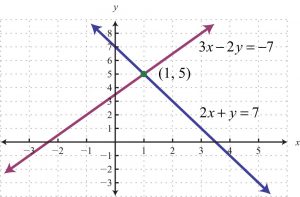This learning progression will be taught in a sophomore level Geometry course at Ellensburg High School. The Common Core State Standard (CCSS) domain and cluster for this learning progression is: CCSS.MATH.CONTENT.HSG.CO.A. There are two standards that the students will be learning: HSG.CO.A.1 and HSG.CO.A.2, and HSG.CO.A.4. The math practices (MP) that will be used by students during this progression will be MP1, MP3, and MP5.
This learning progression will be broken into three separate lessons. The first lesson will cover HSG.CO.A.1 and HSG.CO.A.2. The second lesson will cover HSG.CO.A.4, but it will specifically address rotations and translations. The third lesson will also cover HSG.CO.A.4, but it will focus on reflections.
CCSS.MATH.CONTENT.HSG.CO.A
Experiment with transformations in the plane
HSG.CO.A.1
Know precise definitions of angle, circle, perpendicular line, parallel line, and line segment, based on the undefined notions of point, line, distance along a line, and distance around a circular arc.
HSG.CO.A.2
Represent transformations in the plane using, e.g., transparencies and geometry software; describe transformations as functions that take points in the plane as inputs and give other points as outputs. Compare transformations that preserve distance and angle to those that do not (e.g., translation versus horizontal stretch).
HSG.CO.A.4
Develop definitions of rotations, reflections, and translations in terms of angles, circles, perpendicular lines, parallel lines, and line segments.
Link to the full learning progression: Transformation Learning Progression



